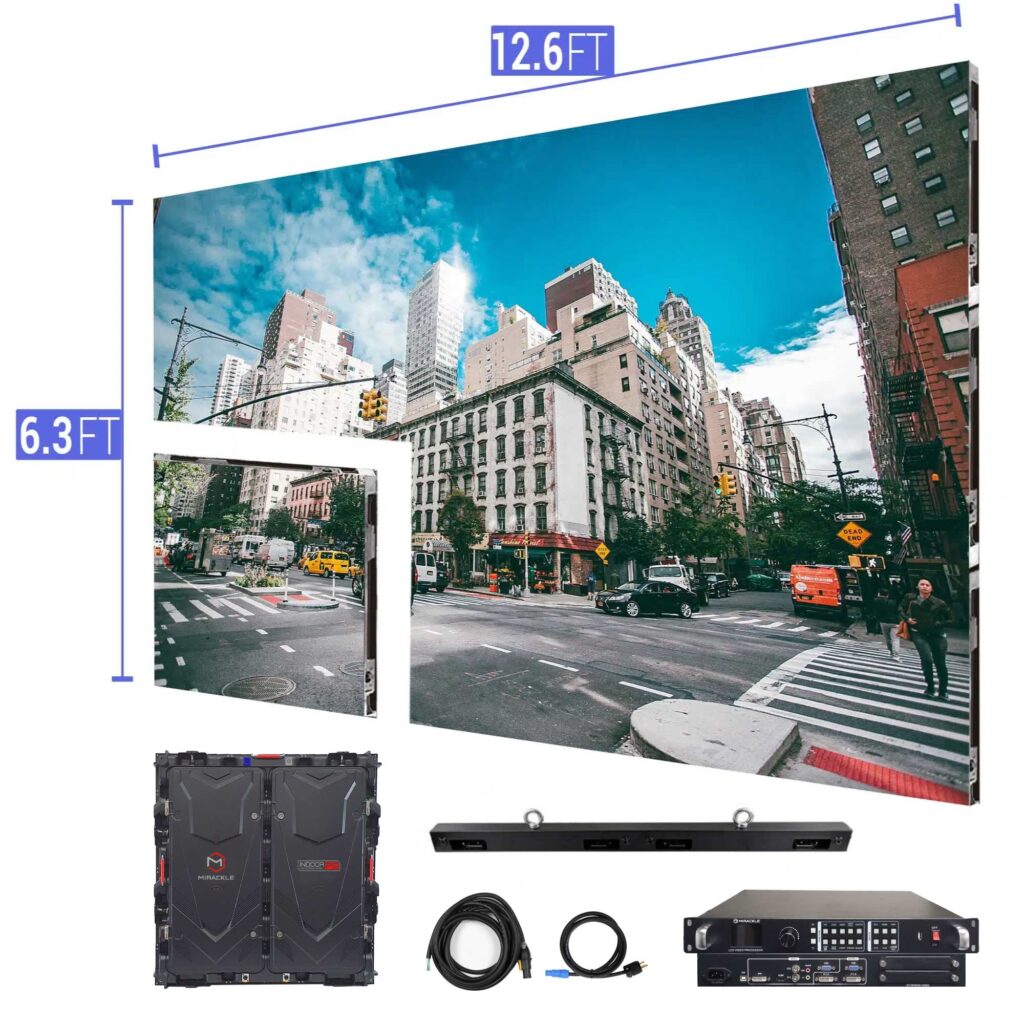Elevating Aesthetic Performance With Insight Into the Role of Brightness Contrast Metrics on Visual Fidelity in Display Systems
In modern world, visual innovation plays a crucial function in the way we interact with visual media. Starting with TVs to computer monitors, the fidelity of visuals can significantly affect our enjoyment and interpretation of the material. One key element that influences image quality is the brightness-to-darkness ratio. The black-to-white ratio quantifies the difference between the darkest and brightest areas of an image. A higher contrast ratio means that images can reveal more detail in both shadows and bright areas, rendering them appear more dynamic and lifelike.To understand contrast ratios more effectively, it is beneficial to comprehend how they are measured. The ratio is typically expressed as two numbers, such as 1000:1. This means that the brightest white is 1,000 times more luminous than the deepest black. Screens with elevated contrast ratios offer deeper blacks and brighter whites, which enhances the overall visual experience. When watching a movie or playing a video game, for example, these differences can produce a more immersive environment. Viewers can observe elements that may be unnoticeable in displays with lower contrast ratios.
Different types of screen systems, such as LCD, light-emitting diode, and organic LED, have different contrast ratios. Organic LED panels are known for their excellent contrast because Read Full Report they can turn off individual pixels entirely, producing true black levels. Conversely, conventional LCD screens may struggle to reach similar levels of darkness due to their illumination methods. It is essential for consumers to evaluate these variations when selecting important source a display for their requirements. Grasping how each system handles contrast can significantly impact contentment with the device.
Moreover, the significance of contrast ratio extends beyond recreational use; it also influences productivity in work environments. For tasks requiring precise visual analysis, such as visual design or photo editing, having a display with a superior contrast ratio enables greater accuracy and definition. This ensures designers can see fine details in their artwork or images without discomfort. In educational settings, students gain from enhanced displays that make learning materials more engaging and easier to understand.

In conclusion, enhancing image quality through grasping contrast ratios is vital for anyone using display technology. A higher contrast ratio leads to better image quality by providing richer colors and more clarity in images. As technology continues to evolve, consumers should stay aware about these factors to make decisions that align with their needs and requirements. Be it for leisure or productivity, being informed about contrast ratios helps enjoyment and effectiveness in using visual displays.